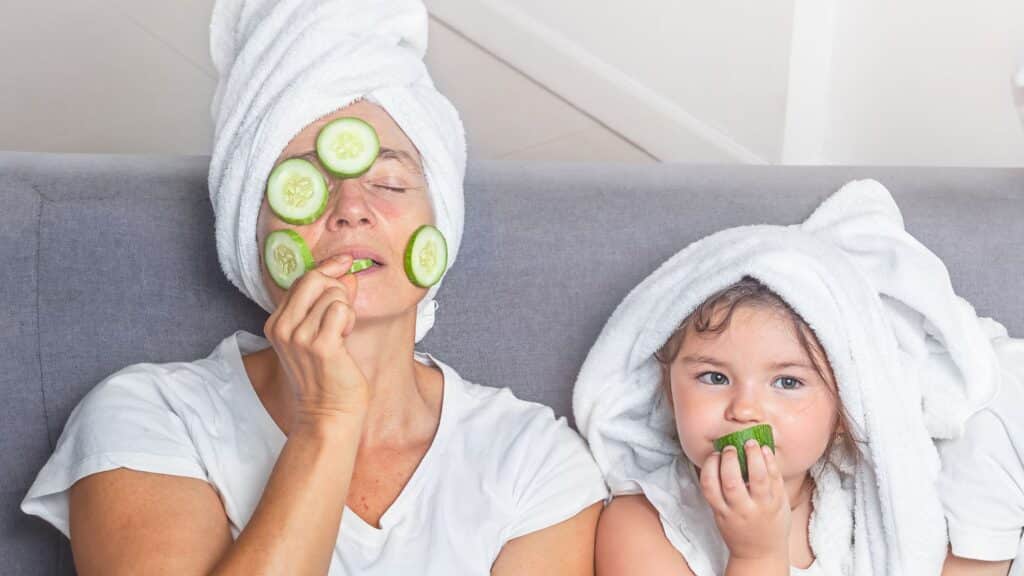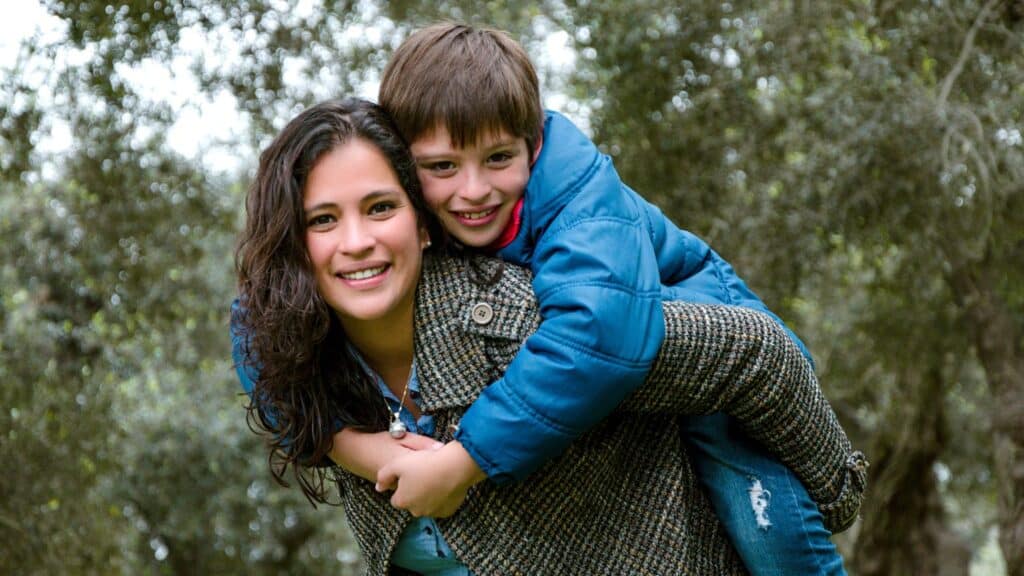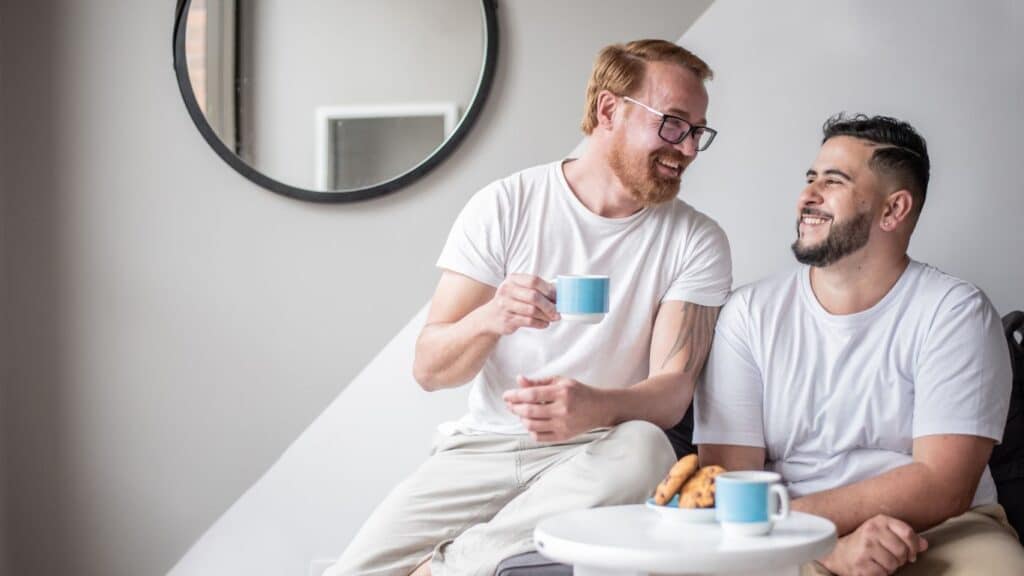Self-care is crucial for caregivers and children alike.
For you as a caregiver, it helps you stay calm, patient, and present when life feels busy or hard. When you take care of yourself, you show your children how to do the same. Learning about self-care helps children build healthy boundaries, manage big feelings, and understand what they need to feel safe. These skills are especially important for children and youth who have faced early adversity or have extra support needs. When self-care becomes part of your family’s daily life, everyone benefits.
Start with open, honest conversations
Use simple, reassuring language around self-care, modelling that it is important and normal. You might say:
- “When I take a break, it helps me stay calm and kind.”
- “When we spend too much time on screens, we can feel cranky or tired. Let’s take a break and go outside.”
For children who have experienced trauma, “calm” may feel unfamiliar. Ask your child or youth what helps them feel calm or safe. It might be music, movement, or quiet time alone. Working gently together, without pressure, helps build safety and trust.
You can normalize the idea that everyone has emotional “weather” (sometimes more storms than clear skies), and part of family life is having tools to weather them together.
Model boundaries and emotional regulation
Children learn by watching how adults manage stress. If a child has been in care, they may not have seen adults handle big emotions in healthy ways. You can help by:
- Saying aloud: “I’m feeling frustrated, so I’m going to pause and take some deep breaths before continuing.”
- Naming your emotions: “I feel anxious/nervous,” or “I feel tired, and that affects how I respond.”
- Modelling a self-care behaviour in real time by stepping away briefly, doing a grounding exercise, or explaining what you’re doing.
By doing so, you teach that strong feelings are okay, we can manage them, and we can repair if we fall short.
Practise co-regulation
Children and youth who have experienced early adversity often need help learning how to regulate their emotions. Co-regulation means staying calm and using your presence to help your child find balance. You can:
- Speak softly instead of raising your voice
- Stay nearby but give your child space if needed
- Try slow breathing or gentle movement together
The more grounded you are, the easier it is for your child to feel calm, too. Over time, co-regulation helps children learn how to calm themselves and manage their own emotions.
Build a family coping toolbox
Having an easy-to-reach set of calming tools makes it simpler to use them when needed. Create a small box or basket with items that help everyone relax. You might include:
- Stress balls or fidget toys
- Play-Doh or putty
- Colouring materials or sketchbooks
- Calming music or headphones
- Scented lotion or a soft item to hold
- Emotion cards or coping prompt cards
- A family photo or memory items
When anyone feels upset, they can choose something from the box. Using the same tools together helps build shared coping skills and mutual support.
Create family rituals that restore connection
Positive routines help children feel secure and connected. Try:
- Nature walks – spending time outdoors can reduce stress and improve mood
- Screen-free evenings – play games, cook together, or read aloud
- Gratitude moments – before bed, share one thing you appreciated that day
- Transition routines – light a candle before dinner or share a short hug after school
Small, predictable rituals help children feel safe and strengthen family bonds. They create a sense of stability, which is especially important for children who have experienced trauma or need extra support to feel safe and connected.





